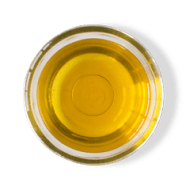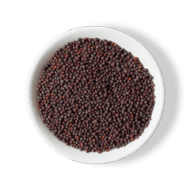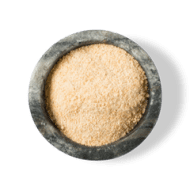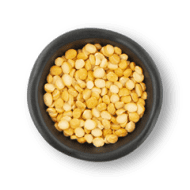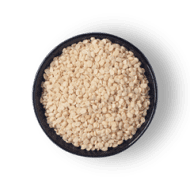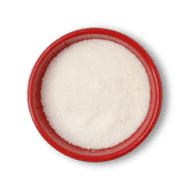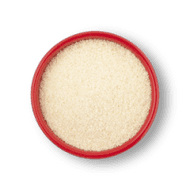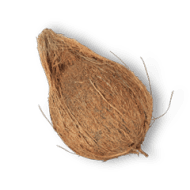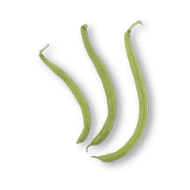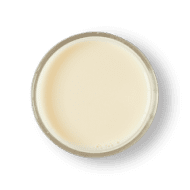Lock Your Doors and Hide Your Pohas – There’s a New Sheriff in Town
The existence of Upma or Uppittu is as old as history or so as we know it. But even just the name of this mouthwatering wheat concoction continues to bring joy to the tummies of South Indian kids everywhere and to strike fear into the hearts of spice-seeking tourists. The history of this signature creation is as rich as the country it is housed in, having gloriously fed all walks of life without distinction or disparity. Even its eternal rivals from the North in the form of
kanda poha and
masala oats could not hold a torch to the absolute brilliance and glory that is upma.
It is in this kind of ruthless dedication that we derive the true soul of our food. It is oftentimes less about the contents of the plate and more about the passion and peace of the palette that defines the true greatness of a dish. No rava is too great and no adrak is too kadva; we will leave no chaval unchurned until mummy ka suji ka upma gets all the attention it deserves!
The more you know: the name of this dish in Malayalam – “uppumavu” – literally translates to “salt mango tree”. There is absolutely no context as to how or why. It just is.
The Legend of Widows
Uppittu as we know it sees its humble beginnings in the most eccentric of circumstances – it was originally conceived as a dish aimed at widows. Indeed, widows bore the worst plights in the name of purity and honour; and according to popular legends and wives’ tales, widows of the past were prohibited from eating salt and various spices. In fact, they were banned from consuming anything even vaguely resembling a full course meal of rice for dinner. So instead, they’d simply leave some rice in water, let it soak through, dry it out and turn it into granulated wheat called semolina – colloquially rava (ruh-waa) or suji (soo-jee). They would then proceed to steam it and eat it as required, cleverly adhering to all the conditions of the prohibition while still consuming a belly full of rice.
Eventually, as a greater number of middle-class wage earners began working as clerks and agents, the upma that we’ve grown to know and love today had slowly begun to take shape. This dish was quickly being established as a sort of quick bite to nibble on alongside their coffee in the evening for when they would return home from an exhausting day of work or as a light dinner option for later in the night. This was also around the time when the once bland semolina was tweaked and nutritiously engorged with various other ingredients like curry leaves, lentils, ginger, chillies and more in order to slowly turn it into the modern rendition of an age-old delicacy.
If “Ifs” and “Buts” Were Suji and Nuts
Ever since its mainstream popularity, there have been vocally persistent and verbally violent debates between upma enthusiasts worldwide regarding exactly how to make upma.
But of course, upma recipes have changed over the years!
They have travelled far and wide, all across the Indian subcontinent from Kerala to Gujarat, Andhra Pradesh, Tamil Nadu, Katakana, Maharashtra, Odia, Sri Lanka – and those are just the big names. What was once conceived as a simple and indulgent breakfast dish was quickly turning into a generous helping of culinary chauvinism. A literal, and we mean literal, nationwide controversy was set ablaze over discussion on the right way to cook upama – arguments for and against, panel discussions, divided chefs, blindsides nutritionists, gripping TV reports, dramatic music, intense camera angles, the whole shebang.
The consensus? Nothing. Absolutely nothing.
Even after hoarding the ears of adults and children alike, the whole nation could not, and still cannot, come to an agreement about the perfect upma recipe. It has proved impossible for the culturally rich and delicate subcontinent of India to call upon their many culturally rich and delicate heads to arrive on a simple set of ingredients for an integral national delicacy. If only we had more adjectives to really cement the utter childishness of this.
So to bury the hatchet vegetable upma recipes once and for all from our end – hot take or not – if “ifs'' and “buts'' really were suji and nuts, we’d all have a merry Ugadi. But there is still no right way to cook upama! (unless of course, you’re talking about uppumavu because we all know that’s one of a kind, shh.)
The Many Faces of a Culinary Masterpiece
The great thing about upma ingredients is that you could combine them in any particular order and you would still end up with a finger-licking outcome. Unlike your everyday
sandwich and
scrambled eggs, upma recipes rely less on complexity and more on final production quality to deliver the most culinary fineness south of the border. Take for instance rava upma – there is rarely any sort of debate on what serves best as a complement to a great rava upma recipe because there is nothing better than a perfect, warm helping upma rava! Culinary masterpieces do not need side pieces; they are perfect just the way they are. And this can be extrapolated to all forms of uppumavu, whether it be masala, Rava, or suji upma.
That being said, nothing ever beats a true classic.
In closing, we would like to add that in a world being overrun with sushi, steaks,
omelette and mud cakes, nothing trumps the vintage take on a beautiful upma. Long gone are the futile Google searches for “quick dinner recipes” and on a steady rise are the hits for “how to make suji upma” in the internet histories of bachelors and apologetic husbands alike.
And if you’ve made it this far, we’re sure you’ll happily agree.



